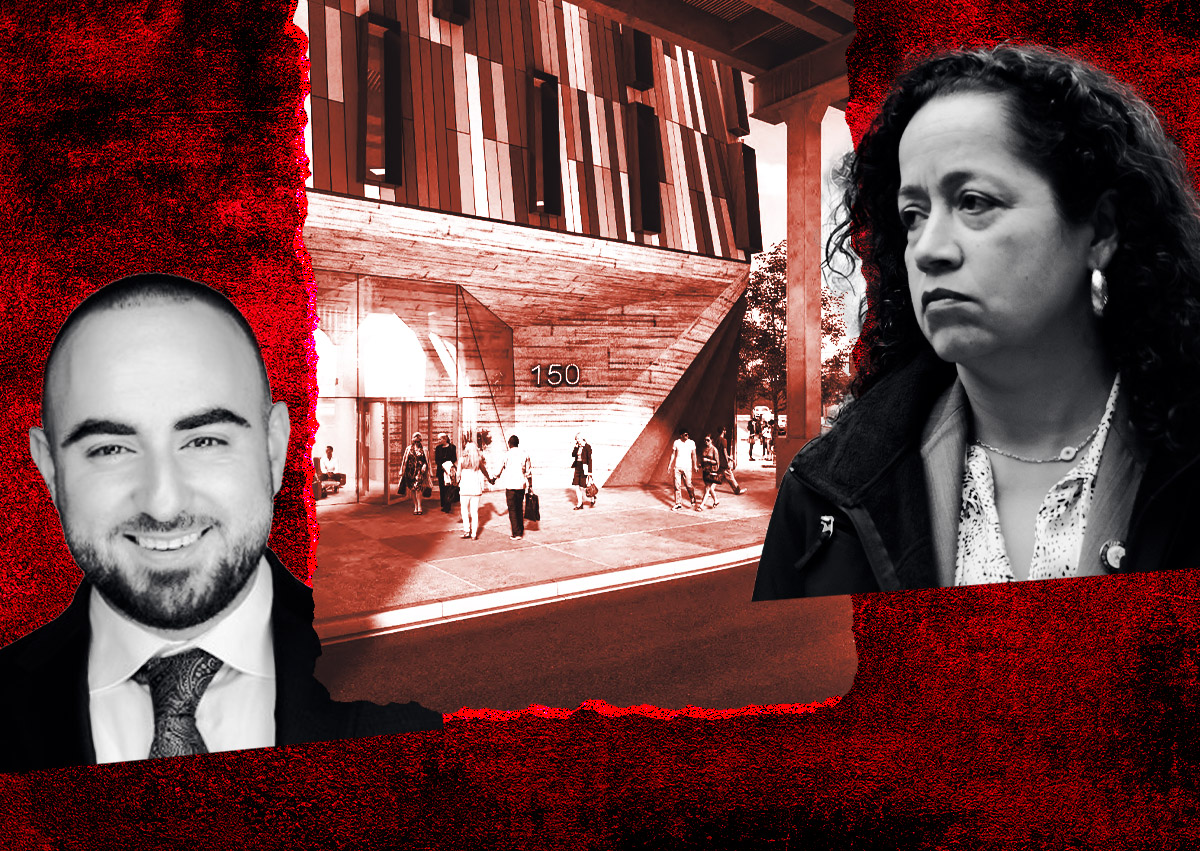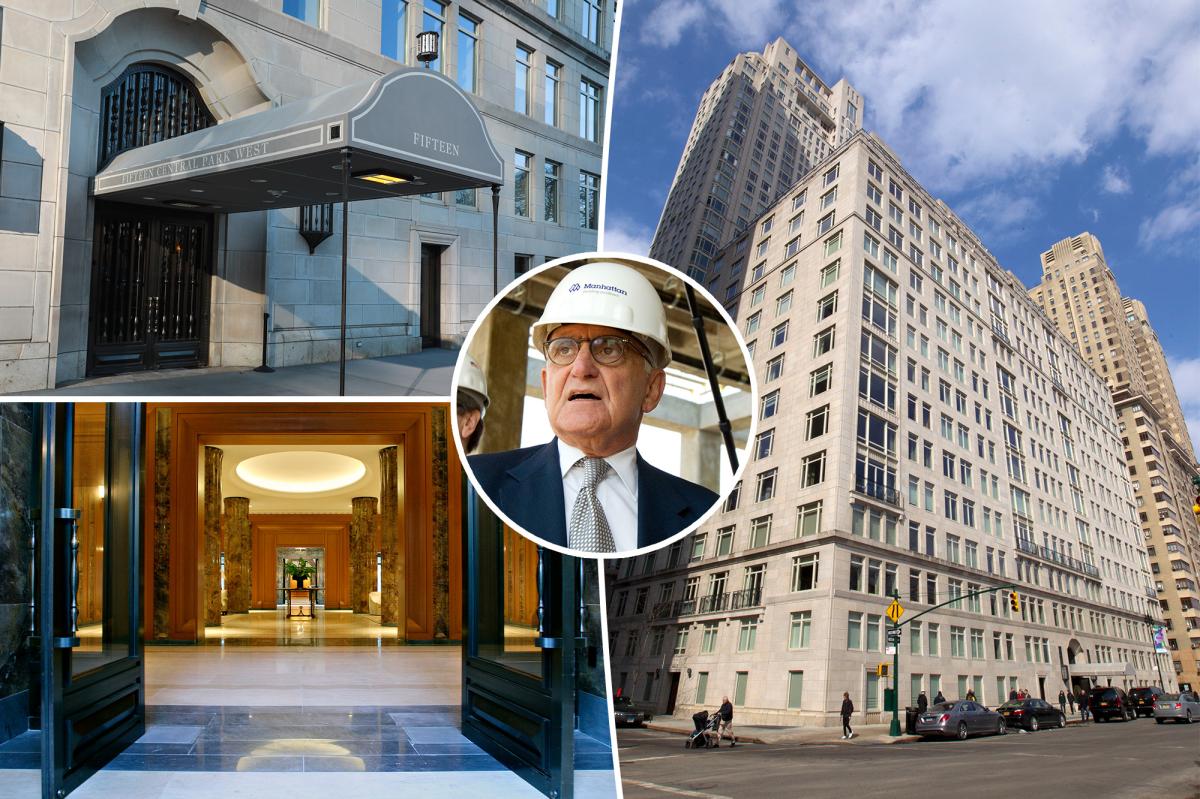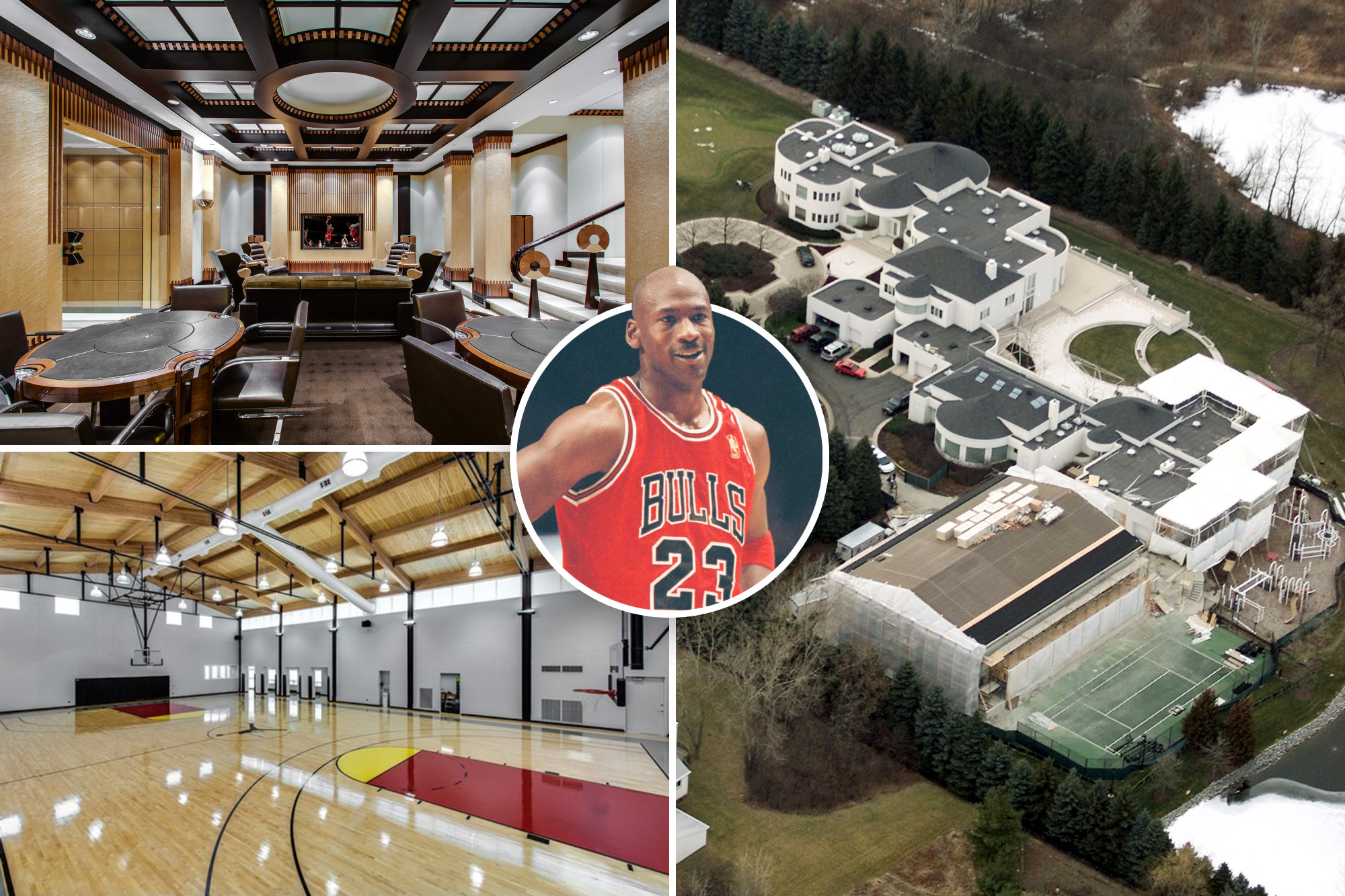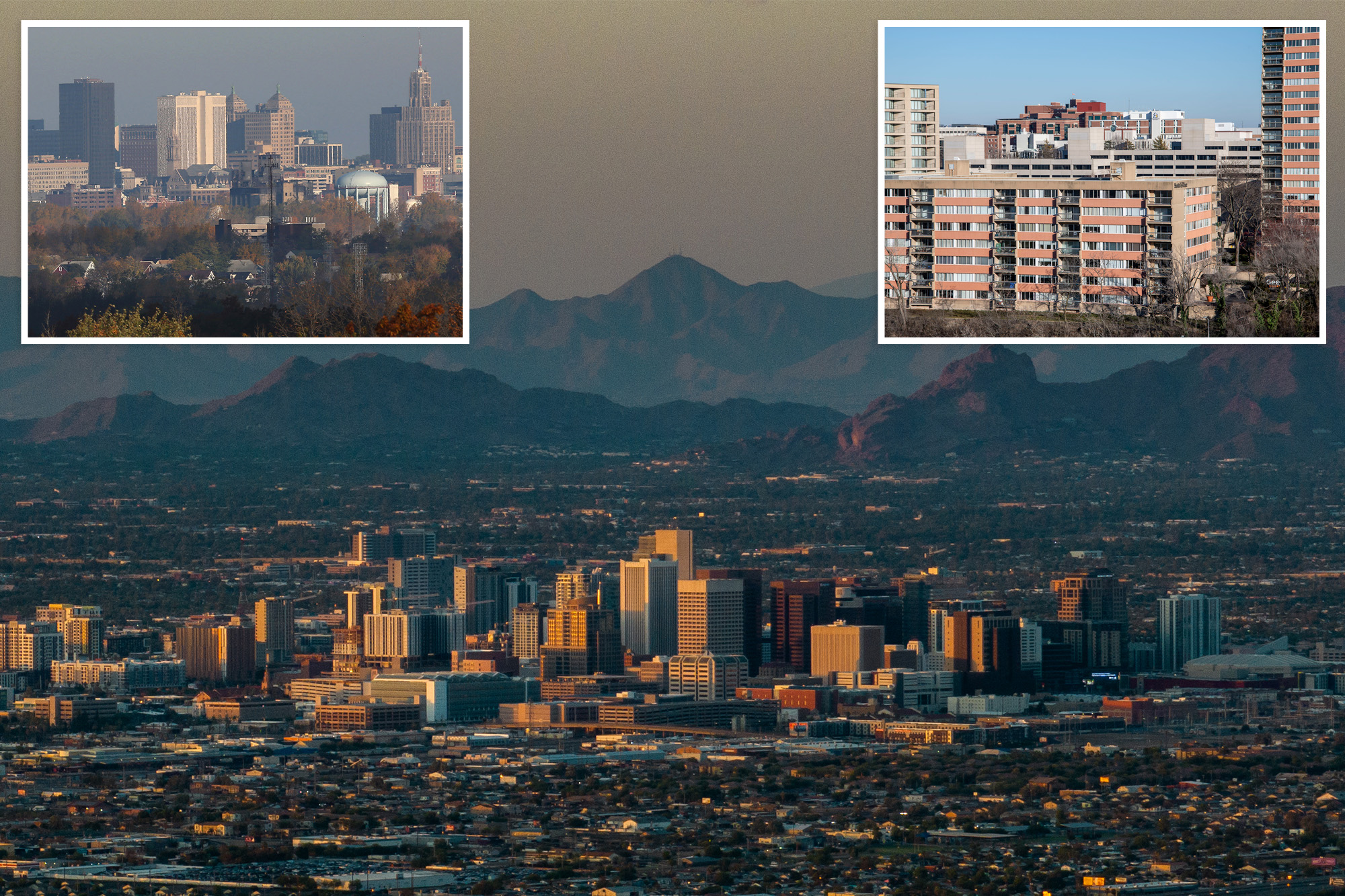W
illy Pilku, CEO of Core Scaffolding, is planning to build a sleek, ten-story mixed-use office building on his property at 150 Mill Street in Red Hook, Brooklyn. The proposed building will include space for a nonprofit organization and a ground-floor supermarket. Pilku's vision for the project is facing opposition from Council member Alexa Avilés, who represents the district where the property is located. Avilés is pushing for more industrial space in the project, citing concerns about job creation and middle-wage opportunities for local residents.
The Brooklyn site where the project is planned is currently filled with construction materials and overlooks the Gowanus Expressway, making it look unsightly. However, Pilku believes that his proposed building will be beautiful and transform the area.
The project is unique in that it is not centered around issues of displacement, gentrification, affordability, or building height, unlike many other rezoning proposals in New York City. Instead, Pilku's proposal focuses on converting industrial land for office use, which was more common in the 2000s but has become less frequent due to increased housing prioritization and the introduction of industrial business zones.
Pilku has offered to dedicate part of the project's second floor for light manufacturing use, while the rest will be reserved for a local nonprofit organization. He is also willing to provide job training opportunities for community members through his connections in the construction industry.
The project has received support from Community Board 6, and many community residents have expressed their need for a grocery store in the area during recent hearings. However, Brooklyn Borough President Antonio Reynoso has expressed concerns about the erosion of industrial jobs in the area, as manufacturing employment in New York City has fallen below 60,000 from a peak of about one million in the 1960s.
The project's success hinges on the approval of Council member Avilés, as local City Council members have significant influence over land-use decisions in New York City. The Southwest Brooklyn Industrial Development Corporation, a nonprofit organization that protects industrial zones in Red Hook and Sunset Park, has not supported Pilku's project, which has raised concerns among Avilés and Reynoso.
Pilku's land-use lawyer, Richard Lobel, stated at a recent hearing that the applicant's team had attempted to communicate with the nonprofit multiple times but was unable to reach an agreement. The proposed rezoning on Mill Street shares similarities with other rezoning proposals in New York City, as local politicians and community members often request changes that developers argue are not financially feasible.
Lobel emphasized that the project is challenging to finance due to its location next to a gas station and views of an overpass, which are not typically appealing to office tenants. Pilku hopes to attract subcontractors like Core Scaffolding to occupy the nearly 50,000 square feet of office space he plans to build.
Avilés' office did not respond to requests for comment on the project. At a hearing in late August, Avilés expressed doubts about whether the developer would deliver a supermarket as promised to community members. She asked whether the project would ensure industrial space would be delivered in the event of a sale, as rezonings typically include restrictive declarations to ensure such commitments are binding.
Red Hook has seen increased residential development over the past two decades, and more recently, production studios have also been established in the area. Larger changes are on the horizon for the district: In May, New York City reached a deal with the Port Authority of New York and New Jersey to take control of 120 acres of land from the southern edge of Brooklyn Bridge Park to Red Hook. The city plans to redevelop the land into housing, retail, and green space while modernizing a port operation.














